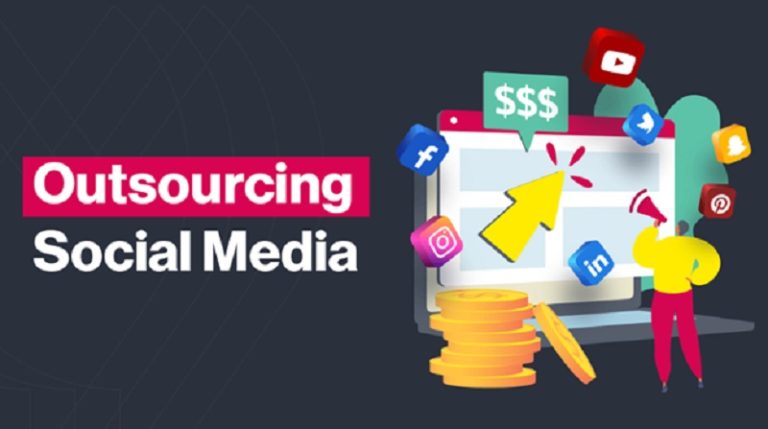In today’s fast-paced business landscape, empowering sales teams with mobile CRM applications has become increasingly essential. Sales professionals face numerous challenges in their daily operations, from managing leads and tracking interactions to accessing critical information while on the go. This article delves into how businesses can leverage advanced mobile technologies to address these challenges and enhance sales productivity. For businesses operating in diverse industries such as retail, e-commerce, financial services, healthcare, manufacturing, tech/software, telecommunications, government/public sector, education, non-profit organizations, travel/hospitality, automotive, energy/utilities, or legal sectors, the need for mobile CRM solutions is paramount. Navigating the complexities of sales operations requires agile and efficient tools that can keep pace with ever-evolving customer demands and market trends. Mobile CRM applications offer a comprehensive suite of features designed to streamline sales processes, improve customer interactions, and drive revenue growth.
The advent of mobile technology has revolutionized the way sales teams operate, enabling them to work remotely, collaborate seamlessly, and access real-time data from anywhere, at any time. With mobile CRM applications, sales professionals can stay connected and productive, whether they are in the office, on the road, or working remotely. This flexibility not only enhances sales efficiency but also empowers teams to deliver exceptional customer experiences. Furthermore, mobile CRM applications are designed to integrate seamlessly with existing CRM systems, ensuring a unified and cohesive approach to customer relationship management. This integration enables businesses to leverage the full potential of their CRM tools, from lead generation and pipeline management to customer support and analytics. As businesses continue to embrace digital transformation, mobile CRM applications will play a pivotal role in driving innovation, improving agility, and fostering growth in the competitive business landscape.
Understanding Sales Challenges:
For businesses operating in diverse industries such as retail, e-commerce, financial services, healthcare, manufacturing, tech/software, telecommunications, government/public sector, education, non-profit organizations, travel/hospitality, automotive, energy/utilities, or legal sectors, navigating the complexities of sales operations is a constant challenge. Sales teams often struggle with managing leads, tracking interactions, and accessing critical information while on the go.
Mobile CRM Applications:
Empowering sales teams with mobile CRM applications is designed to enhance sales efficiency and effectiveness. These applications provide sales professionals with real-time access to customer data, sales pipelines, and communication tools, allowing them to stay connected and productive from anywhere, at any time. This tailored approach not only streamlines sales processes but also improves collaboration and decision-making within sales teams.
Enhanced Customer Interactions:
One of the key benefits of mobile CRM applications is their ability to facilitate meaningful customer interactions. By equipping sales teams with mobile tools for personalized communication, businesses can strengthen relationships with customers, address their needs promptly, and deliver exceptional support services. This customer-centric approach not only fosters loyalty but also drives repeat business and referrals.
Data Insights and Analytics:
Mobile CRM applications also offer valuable data insights and analytics capabilities. Sales teams can leverage these tools to track sales performance, analyze customer trends, and identify opportunities for upselling or cross-selling. This data-driven approach enables sales professionals to make informed decisions, prioritize high-value leads, and optimize their sales strategies for maximum impact.
Integration with AI and Automation:
Another significant advantage of mobile CRM applications is their integration with artificial intelligence (AI) and automation capabilities. These advanced technologies can automate repetitive tasks, such as data entry and lead scoring, freeing up sales professionals to focus on high-value activities. AI-powered features, such as predictive analytics and chatbots, can also provide valuable insights and support to sales teams, enhancing their productivity and decision-making process.
Customization and Flexibility:
Mobile CRM applications offer a high level of customization and flexibility, allowing businesses to tailor the user experience to their specific needs and workflows. From customizable dashboards and reporting tools to configurable workflows and notifications, sales teams can personalize their mobile CRM environment to align with their unique processes and objectives. This flexibility enables teams to work more efficiently and adapt quickly to changing business requirements.
Real-Time Collaboration and Communication:
Lastly, mobile CRM applications facilitate real-time collaboration and communication among sales teams, enabling seamless coordination and information sharing. With features such as instant messaging, file sharing, and activity feeds, sales professionals can collaborate effectively, regardless of their location or time zone. This real-time communication enhances team collaboration, accelerates decision-making, and improves overall sales performance.
Integration and Collaboration:
Moreover, mobile CRM applications facilitate seamless integration and collaboration across departments. Sales teams can collaborate with marketing, customer support, and other teams within the organization, ensuring a unified approach toward customer engagement. By breaking down silos and fostering cross-functional collaboration, businesses can deliver a cohesive and consistent experience to customers across channels.
Security and Compliance:
Businesses should prioritize security and compliance when implementing mobile CRM solutions. With the ever-evolving cybersecurity landscape, safeguarding sensitive customer data and ensuring regulatory compliance are paramount. Mobile CRM applications should offer robust security features such as encryption, authentication, and access controls to protect data and mitigate risks.
Adapting to Evolving Needs:
In the ever-changing world of sales and customer relations, businesses must continuously adapt and innovate. Mobile CRM applications are designed to evolve alongside changing market dynamics and customer expectations. By staying agile and embracing new technologies, businesses can stay ahead of the competition, meet the evolving needs of their customers, and drive sustained growth.
Training and Adoption:
Successful implementation of mobile CRM applications requires comprehensive training and adoption strategies. Businesses should invest in training programs to ensure that sales teams are proficient in using mobile tools effectively. Additionally, fostering a culture of adoption and continuous learning can drive user engagement and maximize the benefits of mobile CRM applications.
Measuring Success:
Lastly, businesses should measure the success of mobile CRM initiatives through key performance indicators (KPIs) such as sales growth, customer satisfaction scores, and user adoption rates. By tracking and analyzing these metrics, businesses can assess the impact of mobile CRM applications on their sales operations, identify areas for improvement, and make data-driven decisions to drive continuous improvement.
In conclusion, empowering sales teams with mobile CRM applications is not merely about providing tools; it is about transforming sales operations, enhancing customer interactions, and driving business success. By leveraging mobile technologies strategically, businesses can unlock new opportunities, improve sales performance, and build lasting relationships with their customers in today’s competitive business landscape. Mobile CRM applications offer a multitude of benefits, including real-time access to data, enhanced collaboration, streamlined processes, and improved decision-making. As businesses continue to embrace digital transformation, mobile CRM applications will play a pivotal role in shaping the future of sales and customer relations, empowering teams to achieve their utmost potential and deliver exceptional value to customers.











